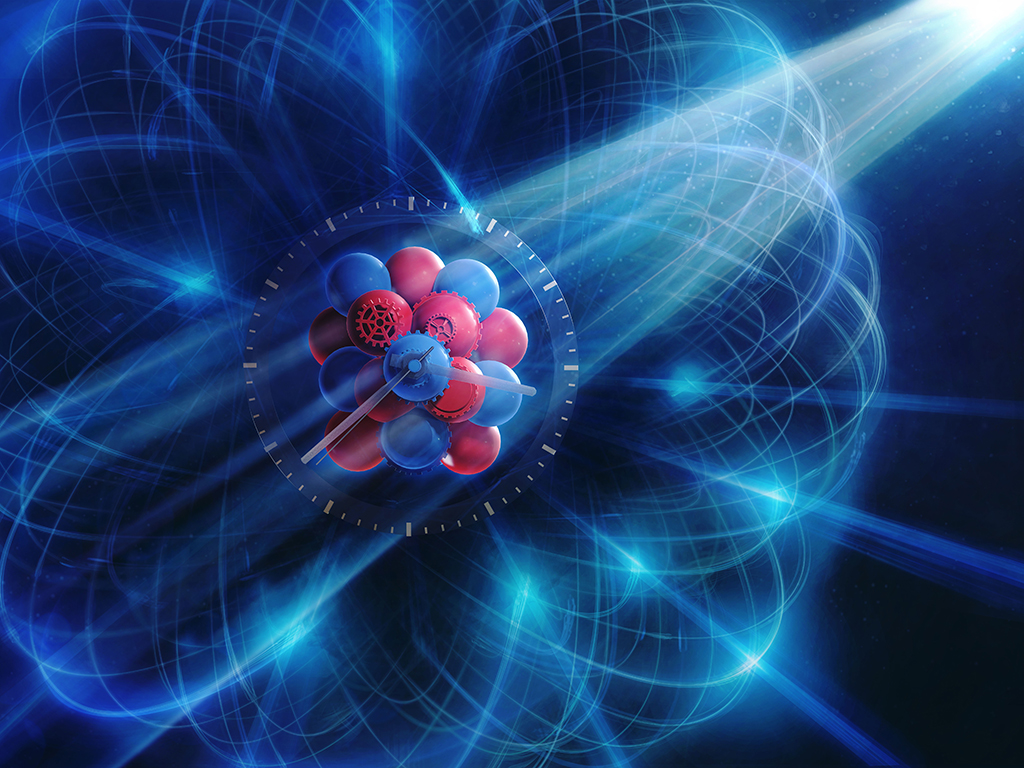Physicists play key role in milestone moment toward development of a nuclear clock

An international research team involving Dr. Olga Kocharovskaya, a distinguished professor in the Department of Physics and Astronomy at Texas A&M University, has taken a major step toward development of a new generation of atomic clocks with mind-blowing potential affecting fundamental science and various industries, from nuclear physics to satellite navigation and telecommunications.
The team’s work, led by Argonne National Laboratory senior physicist Dr. Yuri Shvyd’ko, for the first time resonantly excited the scandium-45 nuclear isomer with the world’s brightest X-ray pulses at the European XFEl (EuXFEL) X-ray laser facility and determined the position of this nuclear resonance with unprecedented accuracy. Their findings are reported in the journal Nature, both online and in the Oct. 19 print edition.
“Atomic clocks, such as the caesium-133 clock or the strontium-87 clock, rely on oscillations of electrons in an atom, which can oscillate at highly reliable frequencies when excited by microwave or optical radiation,” explained Kocharovskaya, principal investigator of the National Science Foundation (NSF) project that initiated and supported this research.
Scandium, an element used in aerospace components and sports equipment, enables an accuracy of one second in 300 billion years, or roughly a thousand times more precision than the current standard atomic clock. The combination of scandium-45 and ultra-bright X-ray pulses brings scientists a decisive step closer to creation of the first-ever nuclear clock that could harness the oscillation of the atomic nucleus rather than its electron shell.
“For purposes that demand such precision, including the study of certain aspects of relativity, gravitational theory and other physical phenomena such as dark matter, the nuclear clock is the ultimate timepiece,” said Dr. Xiwen Zhang, a postdoctoral researcher in Kocharovskaya’s group who co-authored the paper.
With their accuracy of up to one part in 10,000,000,000,000,000,000, Texas A&M physicist Dr. Grigory V. Rogachev notes that nuclear clocks could usher in a new era of precision timekeeping and enable transformative applications in myriad areas, resulting in a host of applications and advances.
“Humanity has been on the lookout for the technology to make the most precise clocks since the dawn of the modern ages,” said Rogachev, head of Texas A&M Physics and Astronomy and a member of the Texas A&M Cyclotron Institute. “At present, atomic clocks are the best. Dr. Kocharovskaya and her collaborators are now making the first step toward a new, breakthrough technology. Her research opens a new pathway to utilize the unique properties of the scandium-45 isotope to create the most precise clock ever — the nuclear clock. This advancement may have exciting applications in extreme metrology, ultra-high spectroscopy and potentially numerous other fields.”

